Polymeric insulating materials and robust internal architecture for maximum reliability
ARRE —23/2/2024— In the realm of outdoor lighting, power surges pose a significant technical challenge that can compromise the integrity and durability of LED luminaires. In this article, we will delve into the issue of power surges, their underlying causes, and the reasons why ATP Lighting luminaires effectively withstand these electrical disturbances without the need for surge protectors. Additionally, we will explore specific examples of environments prone to electrical storms, where ATP has successfully addressed power surge issues with its polymeric lighting assemblies.
The problem of power surges in LED lighting
Power surges, defined as temporary increases in the voltage of the electrical grid, pose a constant threat to LED luminaires. These disturbances can be caused by atmospheric discharges, maneuvers in the electrical grid, or electrostatic discharges, and can severely damage the electronic components of luminaires, reducing their lifespan and increasing maintenance costs.
LED technology is highly sensitive and fragile to these voltage spikes, making it indispensable for manufacturers to find creative solutions that ensure stable electrical voltage in luminaires.
Causes and origins of power surges
Power surges can originate from various technical and environmental reasons. These include connection and disconnection maneuvers in the electrical grid, such as motor starts or the switching on of large inductive loads, which can generate voltage spikes in the grid (graph I).
Furthermore, during electrical storms, atmospheric discharges represent a significant source of power surges, with peaks that can reach several tens of kilovolts. It is important to note that, in this context, power surges often enter the luminaire's electrical system through the ground connection, subsequently propagating inside and destroying its electronic components (graph II).
Finally, there are electrostatic discharges. Since Class II luminaires do not have a ground connection, the accumulation of electrostatic charge on the outer surface of chassis and diffusers is favored. If the charge of these parts reaches a certain limit, a discharge occurs inside the luminaire. This discharge or spark from outside to inside can only occur through a conductive material, such as metal, and causes the failure of the LED module and/or electronic equipment (graph III).
ATP Lighting's technical solution
The immunity of ATP Lighting luminaires to power surges without the need for surge protectors is based on a carefully crafted design and the use of insulating polymeric materials:
Class II design and absence of ground connection: ATP Lighting luminaires are Class II, meaning they do not require a ground connection for operation. This feature makes them immune to power surges induced by atmospheric discharges since they do not provide a path for the disturbance to enter.
Insulating materials and robust architecture: All models of ATP Lighting luminaires, except the Aire® model, are made of insulating technical polymers and have no conductive parts that allow electrostatic discharge (ESD) to the luminaire's electronic elements. Therefore, all these ATP luminaire models avoid ESD, as the discharge or spark from the outside to the inside of the luminaire can only occur through a conductive material, such as metal.
The Aire® luminaire, whose Laminar Heatsink® is made of electrically conductive material and is located externally to the technical polymer chassis, does incorporate surge protection as standard to dissipate the accumulation of electrostatic charge and prevent any damage to the electronics.
Success histories in locations with frequent electrical storms
ATP Lighting already has several success cases where it has solved the problems of destruction of LED luminaire drivers caused by power surges, whether atmospheric or electrostatic (frictional charging of the enclosure).
Among them, there are various locations in the Aragonese Pyrenees (Spain), such as Villanúa de Jaca, where there was a recurrent problem due to atmospheric and electrostatic discharges, as it is a windy location with frequent storms. ATP has also addressed this challenge in various points in Galicia (Spain), such as Cangas de Morrazo, which experience strong maritime storms, especially during winter.
Surge protection solution without the need for protectors
ATP Lighting luminaires are a prominent example of robust engineering and technical resilience in the field of LED lighting, meeting the current need to install surge protectors on all outdoor lighting equipment.
The ability of ATP assemblies to effectively avoid power surges and provide reliable illumination in challenging environments demonstrates their value in the market. With a solid technical approach and advanced materials, ATP Lighting luminaires are ready to face the electrical challenges of the future.
Press contact:
Julio Aparicio
ATP Lighting
comunicacion@atpiluminacion.com
Copyright © 2016 ATP Lighting Inc. All rights reserved. ATP Lighting, the ATP Lighting logo and all trade names listed on this website with the ® symbol are registered trademarks of ATP Lighting.


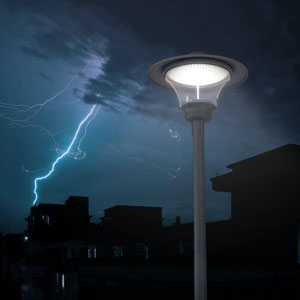
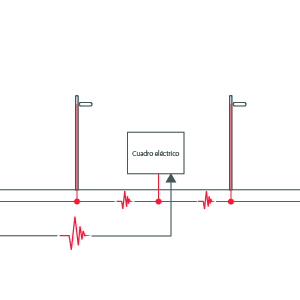
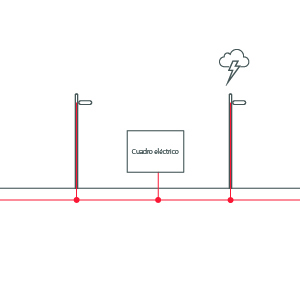
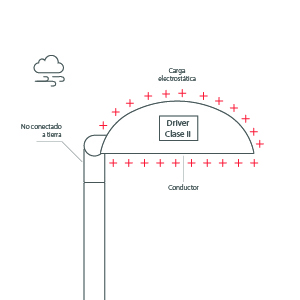
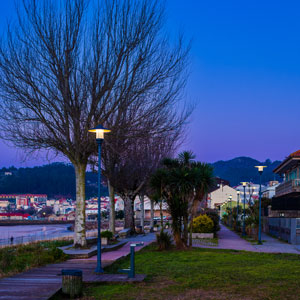
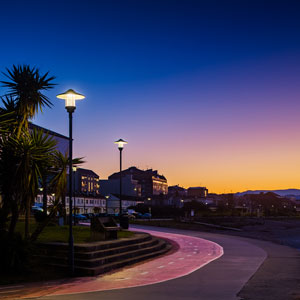
![[...]](https://www.atpiluminacion.com/xtra/imgs/loading.gif)